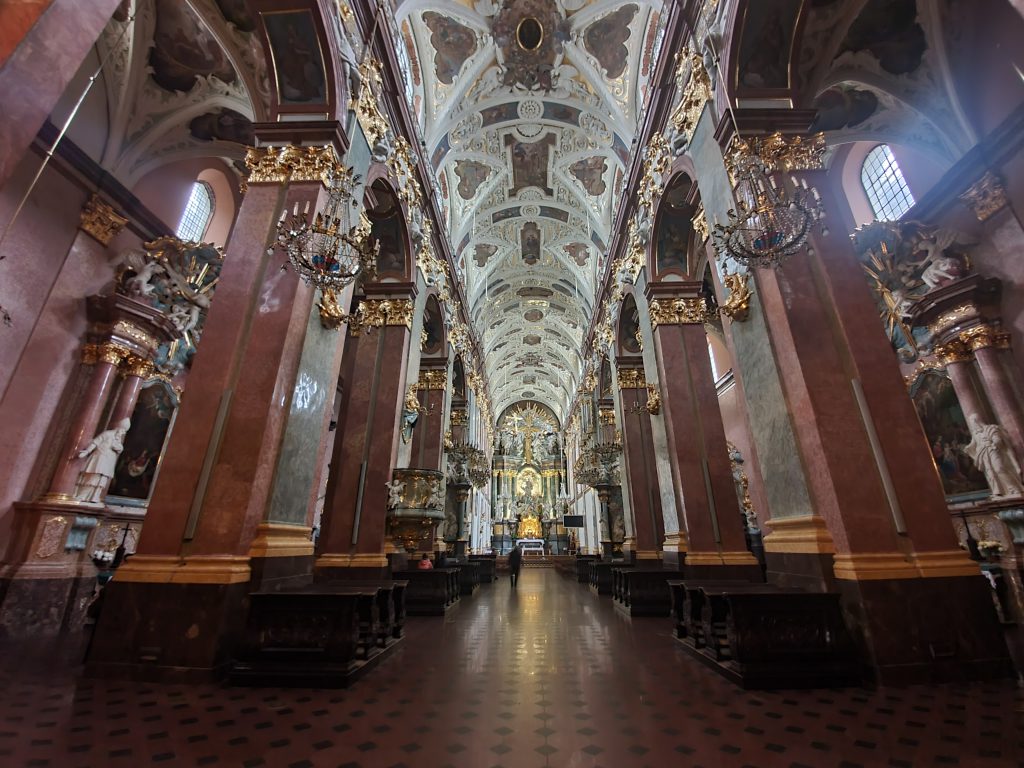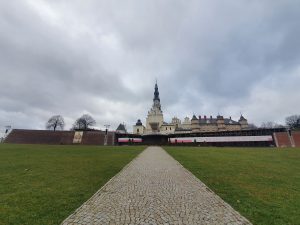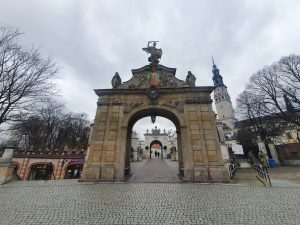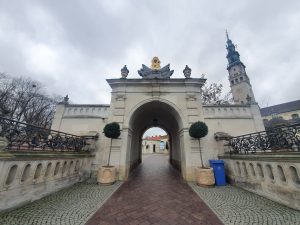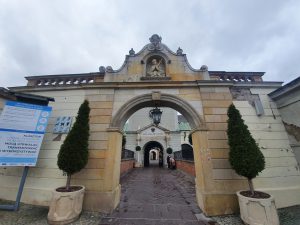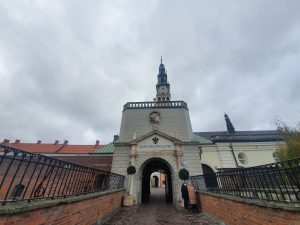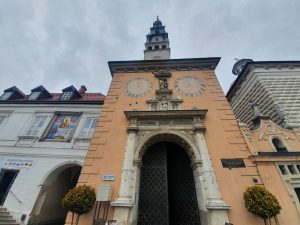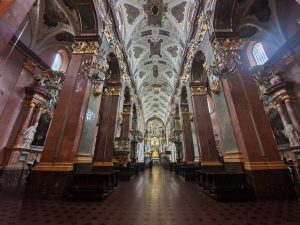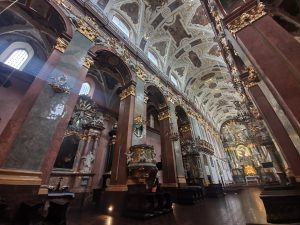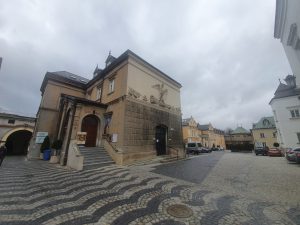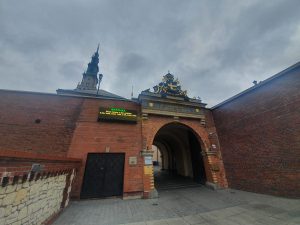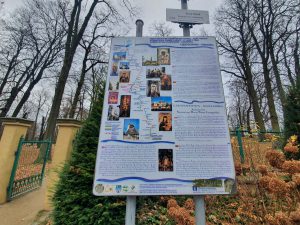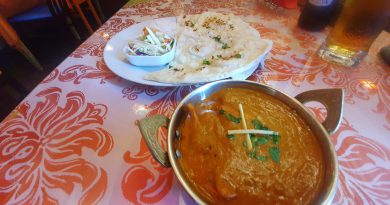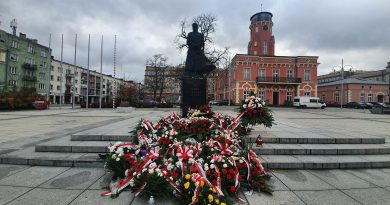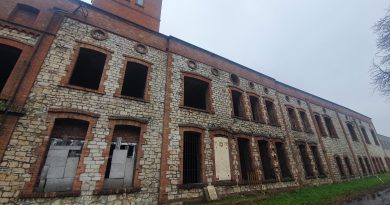Częstochowa – Jasna Góra Monastery
This is Jasna Góra, one of the holiest places in Poland, a Catholic monastery and shrine to which many pilgrims walk.
This is certainly a secure site, I had to walk through four gates to get into the heart of the monastic complex. These gates are the Lubomirskis’ Gate, the Gate of Our Lady of Victory, the Gate of Our Lady of Sorrows and then finally the Jagiellonian Gate. There were a couple of men trying to extract donations for their personal needs standing outside of the first gate, no doubt hoping that pilgrims would be generous. They didn’t invest too much time in me as they didn’t speak English, which was handy on this occasion.
The reason that this site is so secure is that it is has come under attack almost from when work on the monastery started in 1382, when the Paulines came to the country. The attacks continued for centuries as numerous wars and conflicts played out in the wider area. It’s also fair to say that the Germans didn’t really like this monastery during their occupation of Poland during the Second World War. They took the site over, controlled the monks and ended the pilgrimages, with Nazi leaders such as Hans Frank coming to interfere with arrangements on numerous occasions. They then tried to burn down the entire site in January 1945, but they ran out of time with the Soviets closing in on the Germans.
The entrance to the basilica and this has been a much visited location by Popes in recent decades. Pope John Paul II, who was Polish, visited here on six occasions when he was the head of the Catholic Church, with Pope Benedict XVI visiting in 2006 and Pope Francis visiting in 2016.
The grand nave of the basilica. I didn’t take too many photos as this is a revered location and there were services going on in part of the building. There was a peaceful presence in the basilica, although I understand that it’s a little more lively when groups of pilgrims come in after their long walks.
I didn’t take a photo, for reasons of a service taking place, but the monastery is known for the Black Madonna.
There’s a whole complex of buildings on the site, with the arsenal building in the centre of the photo. A cold Thursday morning in mid-November isn’t going to be a time when the monastery is particularly busy, but in the summer it seems from photos as if this would be quite crowded.
I left from a different gate, this one known as the John Paul II Gate, although this area was still heavily fortified.
Beautiful and historic as the buildings are, the whole complex did feel a little commercialised to me, although perhaps that’s a necessity of running a major pilgrimage site. Certainly pilgrimage sites were commercialised in the medieval period, so there’s nothing new there. But there were numerous money making projects going on, not just the selling of religious imagery, but also offices to donate to the refurbishment project and a host of food outlets with some quite garish signage. However, the basilica is beautiful and the site felt calm and peaceful. The defensive arrangement around the monastery also really adds to the whole pilgrimage, especially walking down Aleja Najświętszej Maryi Panny w Częstochowie to get here.

